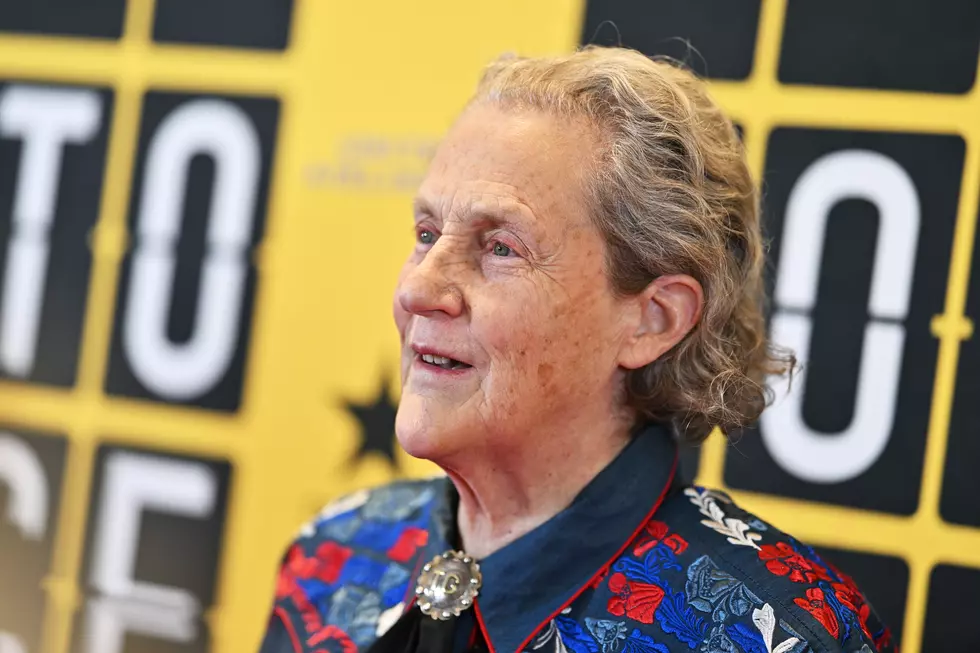
Opinion: Children Don’t Need to Disclose Disabilities to Trick or Treat Let Kids be Kids
All are welcome to trick or treat free of judgment at my home, and kids don't need to have a special color bucket to be welcomed.

Trick or Treat
For many kids going trick or treating is a right of passage. I remember when I was a kid I loved Halloween because it was so much fun to get to dress up and pretend to be someone else while going door to door to get some candy. It's always been a simple fun activity. In recent years I've seen a trend on social media about kids using different colored buckets to show whether they are autistic, or have sensory processing issues, and while I truly think those sharing this have their hearts in the right place, I think we're going about this the wrong way.
Allow Me to Explain
Halloween is a holiday that is supposed to be fun for everyone, and kids who may have certain conditions, should not have to disclose their personal medical information just to receive a piece of candy or a small trinket on Halloween. If you have an issue with a child because they don't (or can't) say "trick or treat" that's your problem. If it bothers you that much you should just keep your porch light off and the door locked on Halloween. Kids shouldn't have to wear a big sign that says "I'm nonverbal" for you to just be kind and give them a piece of candy.
I guess what I'm trying to say is instead of making it so kids have to disclose personal information to people, we should all just try to be kind. We should try being a little more compassionate on Halloween (and honestly every other day of the year) and realize everyone is different. The kid who doesn't say "trick or treat" might be nonverbal, and the kid who asks to pick out which candy they want may have allergies, or maybe they have texture preferences due to sensory issues. Whatever the case may be, it's none of your business.
I know for my house trick-or-treaters of all kinds are welcome without question. I'll open the door, probably comment on how cool the kid's costume is, and drop a couple of pieces of candy in their bucket. It's not that deep.
And while we're at it, if teenagers want to go out and trick or treat, let them without making a snarky comment. They could be doing a million other things and they decided to spend their evening dressed up to get some candy. It's a wholesome activity and all who want to participate should be able to. Let kids be kids.
Teal Pumpkin Project
While we're on the subject of trick or treating, I do want to quickly add that I think the Teal Pumpkin Project is a fantastic idea. The teal pumpkin project is an initiative to show which houses have allergy-friendly options for trick-or-treaters. You can add your house to the Teal Pumpkin map and put a teal pumpkin outside to show that you have safe options at your house for children who have severe food allergies. This is a great way to show that your house is allergy-friendly, without making it so kids have to disclose their medical history.
LOOK: How Halloween has changed in the past 100 years
Gallery Credit: Brit McGinnis
More From WBKR-FM





